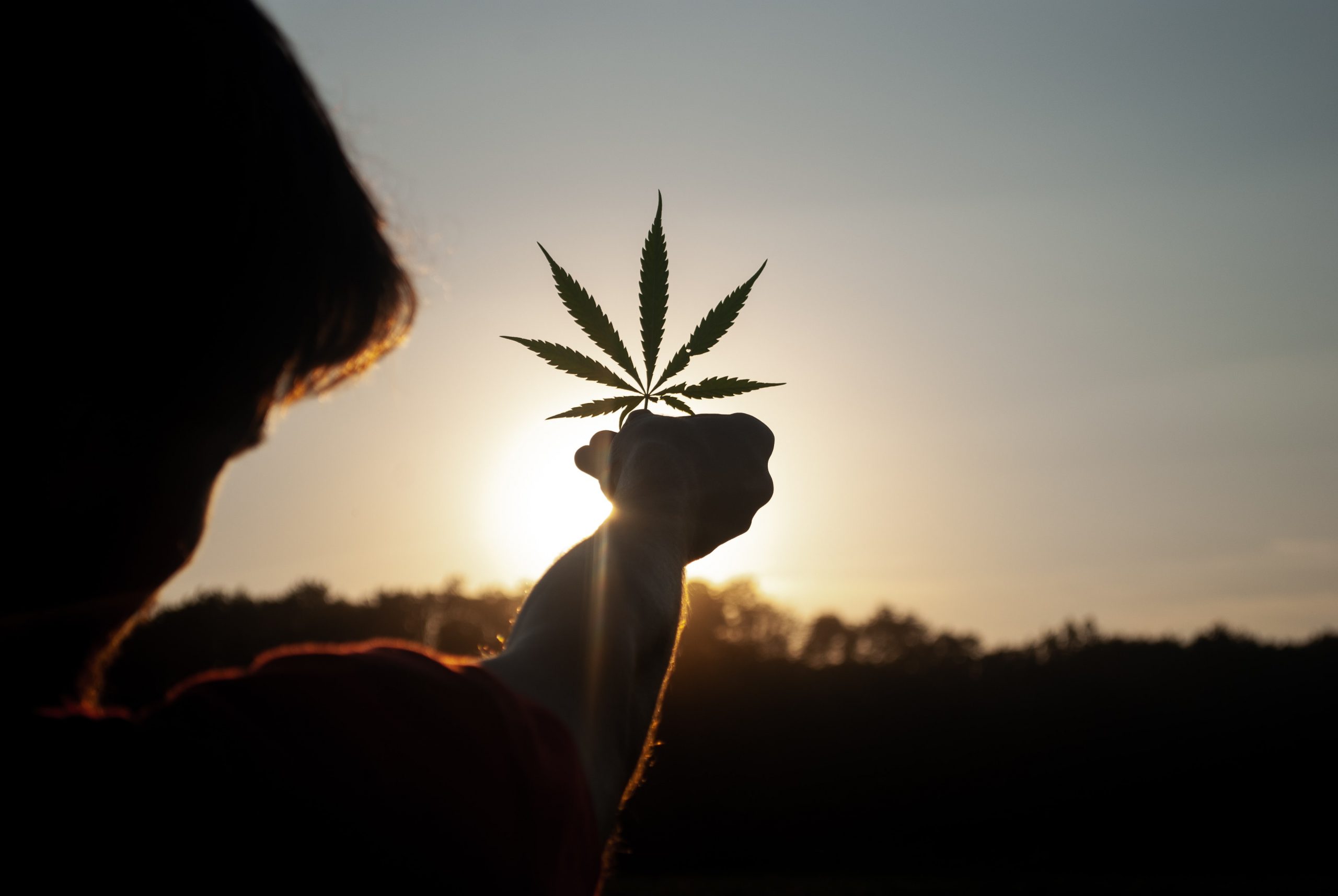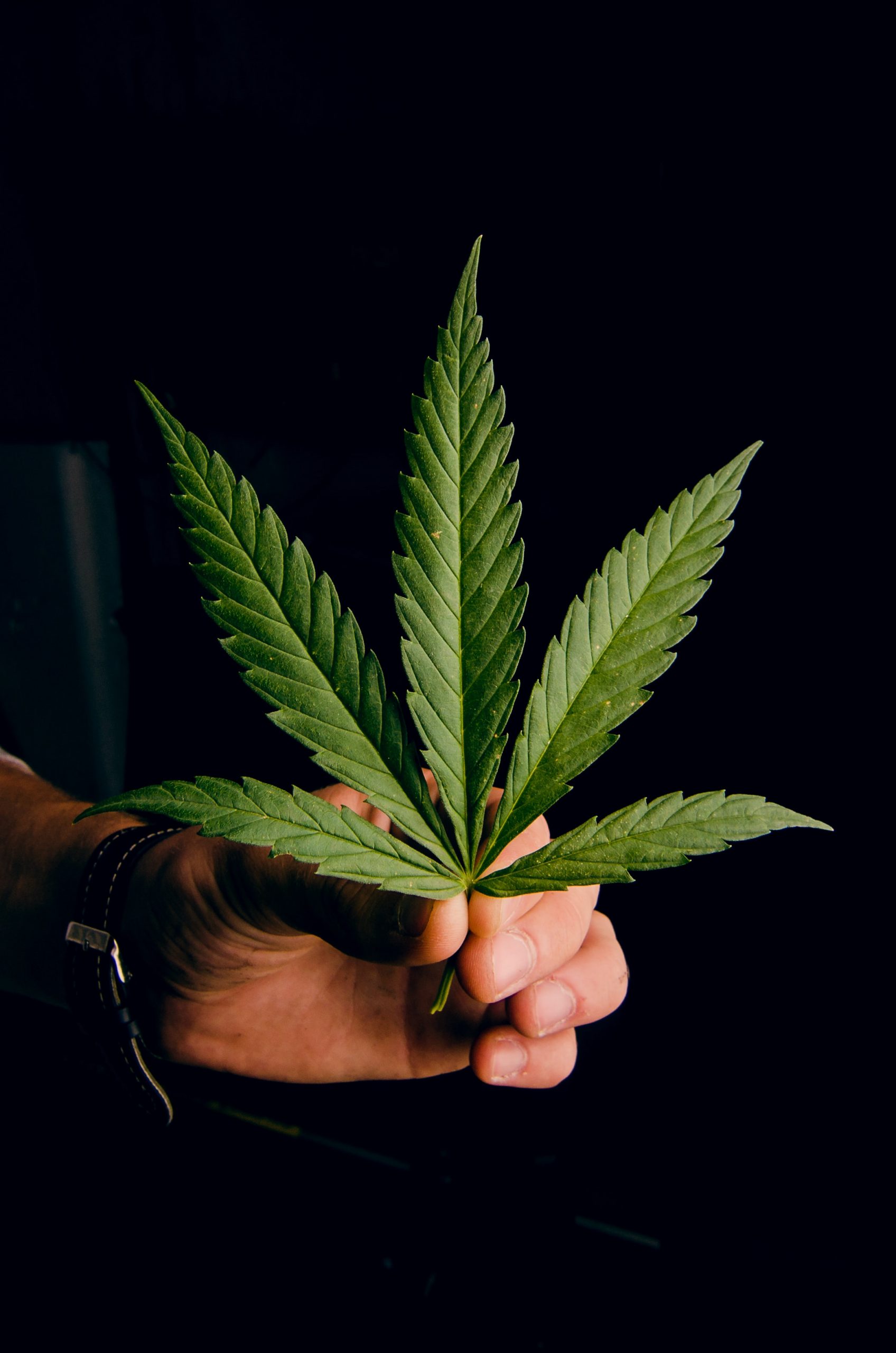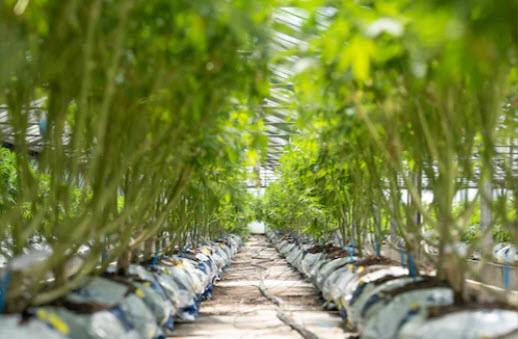Federal Minister of Health has presented key points for the controlled legalization of cannabis – but many questions remain about implementation as well as the rest of the bill
Here is the good news. The German government has released information about the key points of the legislation intended to legalize cannabis. This will undoubtedly be a boon to both medical producers as well as supporting a dynamic new economy aus Deutschland.
The bad news? There is no indication that this approach will solve the huge problems facing patients in terms of access, although hopefully the insurance companies not to mention doctors will be much more willing to prescribe the drug.
There is also the question of the pricing of legal cannabis at the retail level – namely that is competitive with black market prices.
According to federal Health Minister Karl Lauterbach, “Cannabis consumption in moderation, well secured, in quality and without acquisitive crime is something that has to be accepted and is part of a modern society.”
All well and good. But in moving forward on legalization, hopefully, Germany will begin to address some of the larger problems faced in North America in particular. Merely making cannabis legal is not a panacea to other issues which are endemic.
Overview of Key Points
Lauterbach has just released key points of the now pending cannabis legalization that is expected to be passed next year and further, come into force in 2024.
Here are the highlights:
- Purchase of up to 20 grams of cannabis by those over 18 will be exempt from punishment. Cannabis with a maximum THC content of 10% will be made available for those over 18 and under 21. Commercially sold cannabis will not be allowed to exceed 15% THC
- Home cultivation will be limited to just 2 plants
- Commercial cultivation will be limited at first to domestic growth in Germany
- Cannabis (presumably under 15% THC) will no longer be classified as a narcotic
- The location of cannabis shops will be regulated – in other words, there will be a minimum distance from schools and children and youth facilities
- Advertising will be prohibited
- Licensed sales will be allowed in specially licensed shops and pharmacies
Issues
While this is certainly a welcome development, not to mention is a sign that despite a great deal of negativity about the schedule of reform the government is proceeding with, there are clearly major issues already looming.
Patient Rights – While hopefully the current tragic problem that doctors do not want to prescribe and insurers do not want to underwrite the same will resolve, that is not going to be fast or easy. In the meantime, the two-plant minimum is absolutely acceptable for those who partake of cannabis on a recreational basis. Home grow of fast-growing plants – known as auto flowers – can produce flowers in as little as ten weeks from germination. There are also many varieties of cannabis seeds, widely available in Europe, which can produce as much as 1 kilo per plant when grown in ideal conditions in about this timeframe. Many more auto-flowering varieties can also produce up to half a kilo of flower. Slower-growing, photo-sensitive plants take longer to grow, but they also can produce larger yields.
However, this means, in effect that a person in compliance with the law, could theoretically quite easily produce between 1 to 2 kilos every 2.5 months. That said, it is not easy to grow high-yield plants consistently. This could also mean that people could end up with a lot less.
While politically, it is clear that the government had to create a limit on home cultivation, both for compliance with international regulations as well as getting a grip on unlicensed production, this limit still does not address a much bigger issue. Namely, people could still grow more than they use and distribute the same “illicitly.” That said, the political blowback on limiting people to only one plant was likely to be large as well.
The problem, which is likely to be parsed either by legislation or more likely lawsuits, is that patients may not be able to access or afford high-yield plants much less an optimal grow space, and be stuck again, in a grey area.
Plants vs Seedlings – There is also no word yet on the difference between blooming plants and seedlings. This is likely to also show up in litigation, particularly for patients who need to ensure a steady supply.
It is also interesting that of the three legalizing countries now in multilateral conversations, Germany’s first stab at home grow limits is the lowest of any of these countries. This is a clear effort to also commercialize the plant and further reeks of the overwhelming influence of both the business and police lobby on the process.
That said, it also seems to be an attempt to find compromise from the many different interests at the table – from those who need cannabis medically and cannot get it legally to those whose only interest is profit.
Enforceability is also clearly going to be a bear. This means that when police discover (for example) a patient growing 6-10 plants, all of which have a higher THC percentage than allowed on the commercial market, the discussion will boil down to testing as well as purpose. As cannabis will no longer be considered a “narcotic” at least under 15% THC, law enforcement faces an unenviable discussion on all fronts – including busting patients with more plants at either an equivalent or a higher THC level than 15%.
Importing vs Domestic Cultivation – Despite the huge, albeit short term impact on domestic hemp producers caused by last week’s federal ruling on the status of .2% THC hemp flower, this is actually a huge boon for domestic producers. By definition, however, this also gives a very unfair advantage to those who won the first medical cultivation bid – which was essentially designed to exclude German firms. Indeed, the only reason that DEMECAN got into business was that it was allowed to purchase a license first awarded to a Canadian company which subsequently went bankrupt.
Beyond this, it also by definition sets up a battle between EU GMP cannabis that is imported and that is grown domestically.
Taxes at Point of Sale – It remains unclear what kinds of pricing structures will be introduced into the market to prevent legally grown high THC cannabis to compete at point of sale with the black market. One of the largest problems seen in North America is that the industry still remains largely unprofitable for private concerns, although governments have made a great deal of money.
Stay tuned. This is certainly getting interesting. Not to mention how German legalization will impact other discussions across Europe, if not the US.









